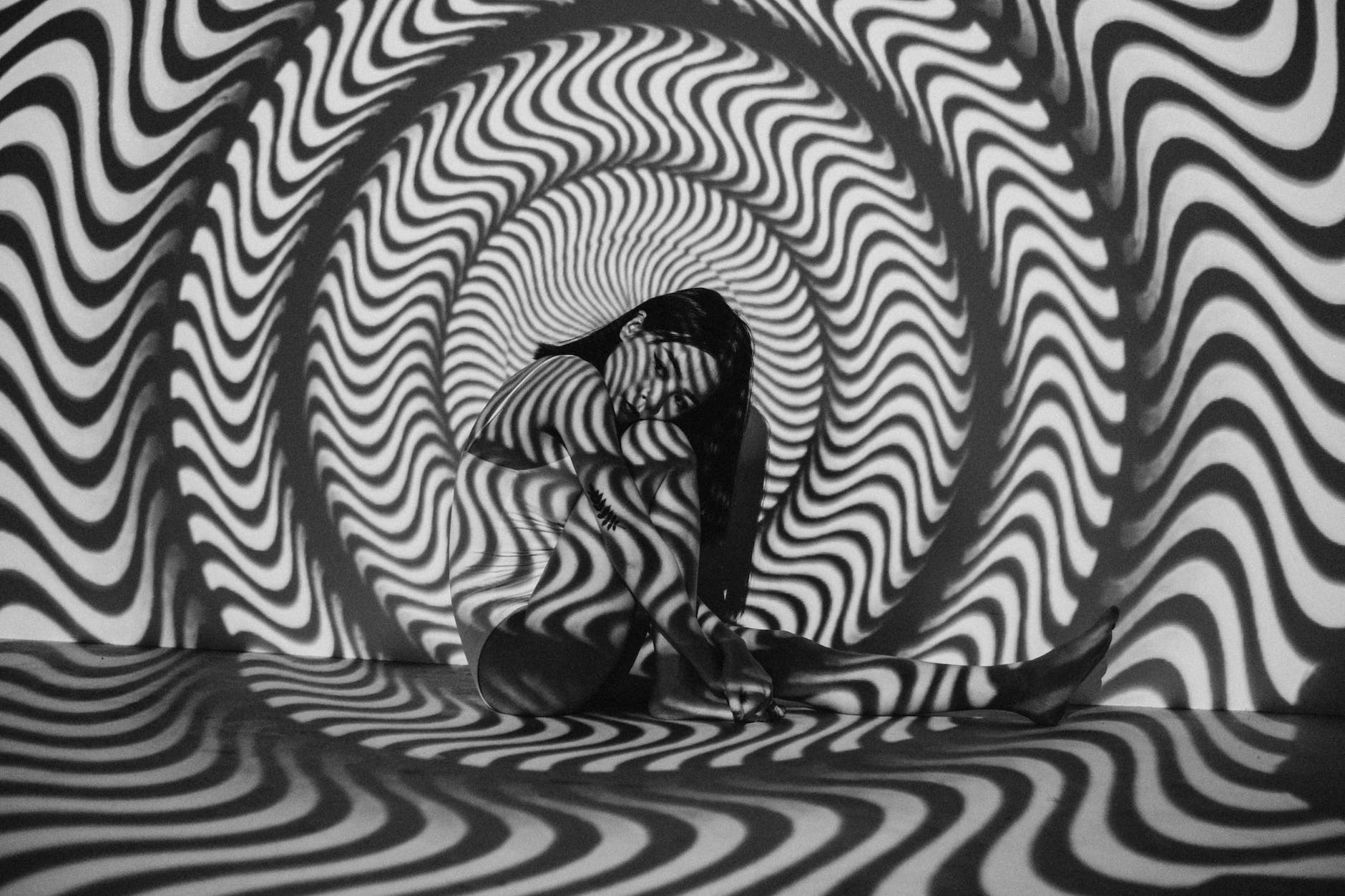—
Psychedelics have long been more than symbols of fringe subculture. Over the years, their influence— whether direct or indirect —on music, movies, and literature has shaped much of modern pop culture as we know it. The perturbation of perception resulting from psychedelic substances effectively merges the consciousness with the unconscious, a key which unlocked a door to bold experimentation and colourful creativity, sparking a seismic shift in popular culture often referred to as the counterculture movement.
Starting from the late 1960s, a stirring tide of rupture from societal norms spread rapidly among the youth of America. This revolution was a visceral response to established authority, hierarchy, and enforced societal norms, culminating in the rise of psychedelic rock. Led by bands like Pink Floyd, Grateful Dead, and The Doors, this genre forged its unique identity by harmoniously marrying electronic innovations with mind-bending lyrics and acid-induced trippy visuals. Popular tunes such as Jefferson Airplane’s ‘White Rabbit’ and The Beatles’ ‘Lucy in the Sky with Diamonds’, for instance, are iconic offerings of this time. Even decades later, the influence of psychedelic rock remains evident in the modern music industry. Contemporary artists like Tame Impala and Flaming Lips, pay homage to the genre while exploring new directions.
Psychedelic elements have also traversed the boundaries of auditory art into visual creativity with movies defined by their mind-expanding films. Such films often leverage surreal imagery, non-linear narratives, and innovative cinematography to represent altered states of consciousness. Notable cinema classics such as Stanley Kubrick’s ‘2001: A Space Odyssey,’ and Terry Gilliam’s ‘Fear and Loathing in Las Vegas,’ are embodiment of such technique. More recently, ‘Enter the Void’ by Gaspar Noé and ‘Inception’ by Christopher Nolan have expanded the genre by using psychedelic experiences as key components of their narratives.Source
Bridging the divide between reality and the astral plane, psychedelic influences have also seeped into the fabric of literary works. Authors like Aldous Huxley (‘The Doors of Perception’), Timothy Leary (‘The Psychedelic Experience’), and Carlos Castaneda (‘The Teachings of Don Juan’) have created masterful narratives around their firsthand experiences with hallucinogens. These works have sparked contentious debates around spirituality, mind alteration, and society’s perception of reality. Ken Kesey, best known for his novel ‘One Flew Over the Cuckoo’s Nest,’ famously led a group of psychedelic enthusiasts called the ‘Merry Pranksters’ – their nationwide exploits have since been immortalised in Tom Wolfe’s ‘The Electric Kool-Aid Acid Test.’
Furthermore, psychedelics have had a prolific influence on fashion and design, introducing an explosion of colour, swirling patterns, and surreal imagery. From the vibrant posters advertising rock concerts in the 1960s to the bold designs of Emilio Pucci, the psychedelic aesthetic became synonymous with the defiance of mainstream monotonysource. This visual revolution transformed everyday attire into flamboyant statements of individual expression and freedom.
In conclusion, the imprint of psychedelics on popular culture is profound and far-reaching, transcending music, film, literature, fashion and design. This testament to their impact underlines a major reality: psychedelic are more than substances — they are also catalysts for creativity, expressions of dissent, and tools for societal critique. It begs the question: As society’s perspective on psychedelics increasingly shifts, what new mind-expanding endeavors might we see emerge in the future?





